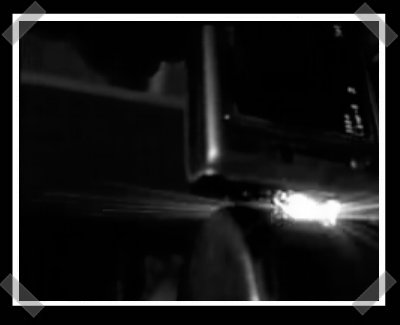
I’m not going to reccomend it, but [cameron] modded his Sony Ericsson k800i to tase people as well as take pictures. Apparently, the k800i has a xenon flash – meaning that it’s got a high voltage potential available to drive the flash. He added a pair of 16uf caps and scored a good 300 volts to share with the unlucky.
Author: Will O'Brien805 Articles
Tengu Clone
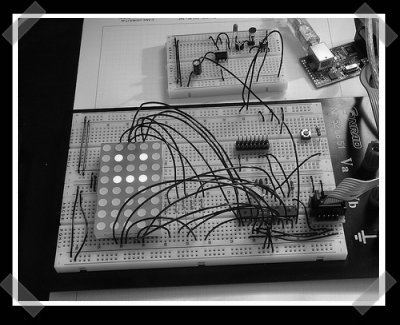
[Alex] sent in his clone of [Crispin Jones]’ tengu. The tengu is essentially a funky visual sound meter that looks like it’s lip syncing. [Alex]’s version is built around an ATMega48 microcontroller, an electric mic with a LM386 audio circuit and the required LED matrix display. There’s an example tengu video here – but I’m not sure what to say about the song in the demo. It’s not dependent on USB – it actually works better with the clean power provided by batteries anyway.
Fiber Optic Flash Ring
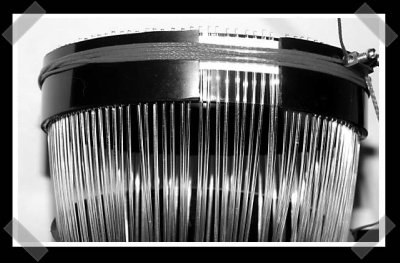
Ring lights that surround the lens are generally used for macro photography – they’re not cheap, but they’re one of the few ways to get shadowless photos. This fiber optic flash diffuser is based on the same ideas of this one. Rather than use a few large optic strands, [Joris] is using many, many more to decrease shadows as much as possible. His previous efforts are even more interesting. He built a LED version – with serial connected LEDs and a step up switching power supply to drive them. Then he moved on to cold cathode fluorescent before moving onto the fiber optics.
Drive Bay PoE Adapter
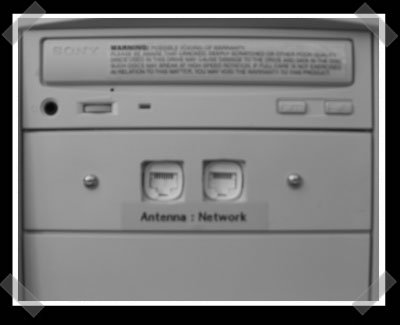
Sure, we’ve seen Power over Ethernet before – I even whipped up a simple adapter for my modded wrt54gs. This is a nice clean setup, and it’ll save you from yet another power brick. (I’ve got a power strip dedicated to the things in my tiny home data center.)
Optical Headphone Amp

It looks like this one’s been out there for a while, but it doesn’t make it any less awesome. [Andrija] built this combination portable DAC/headphone amp. It takes optical audio input, feeds it through an analog devices AD1866 16bit/96khz decoder. After that, the audio is brought up to volume by an op-amp style headphone amp circuit.
Side note: I wrote up a few short notes on the Sidekick LX I got today, if you dig that sort of thing.
Speaker Power Detection Circuit
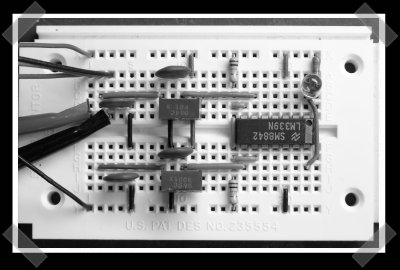
This is an interesting way to monitor your speakers. [Keith] put together this speaker line monitor after a commenter requested it on his blog. It’s designed to check for power on the speaker line and drive a logic/led output. Apparently there’s some risk of shorting your amp, so he’s planning to redesign the input stage. Still, it’s neat little hack to keep an eye on things. Personally, I’d just put em on their own class A amp and automate the power switching, but there are plenty of situations where this could be useful.
Quarter Shrinker (can Crusher Follow-up)

[Paul Anderson] sent in this classic quarter shrinker after seeing the can crusher the other day. It’s another high powered pulse shot into a coil system, but uses a solenoid actuated spark gap switch to swith those sweet high voltages. The results are quite impressive.










